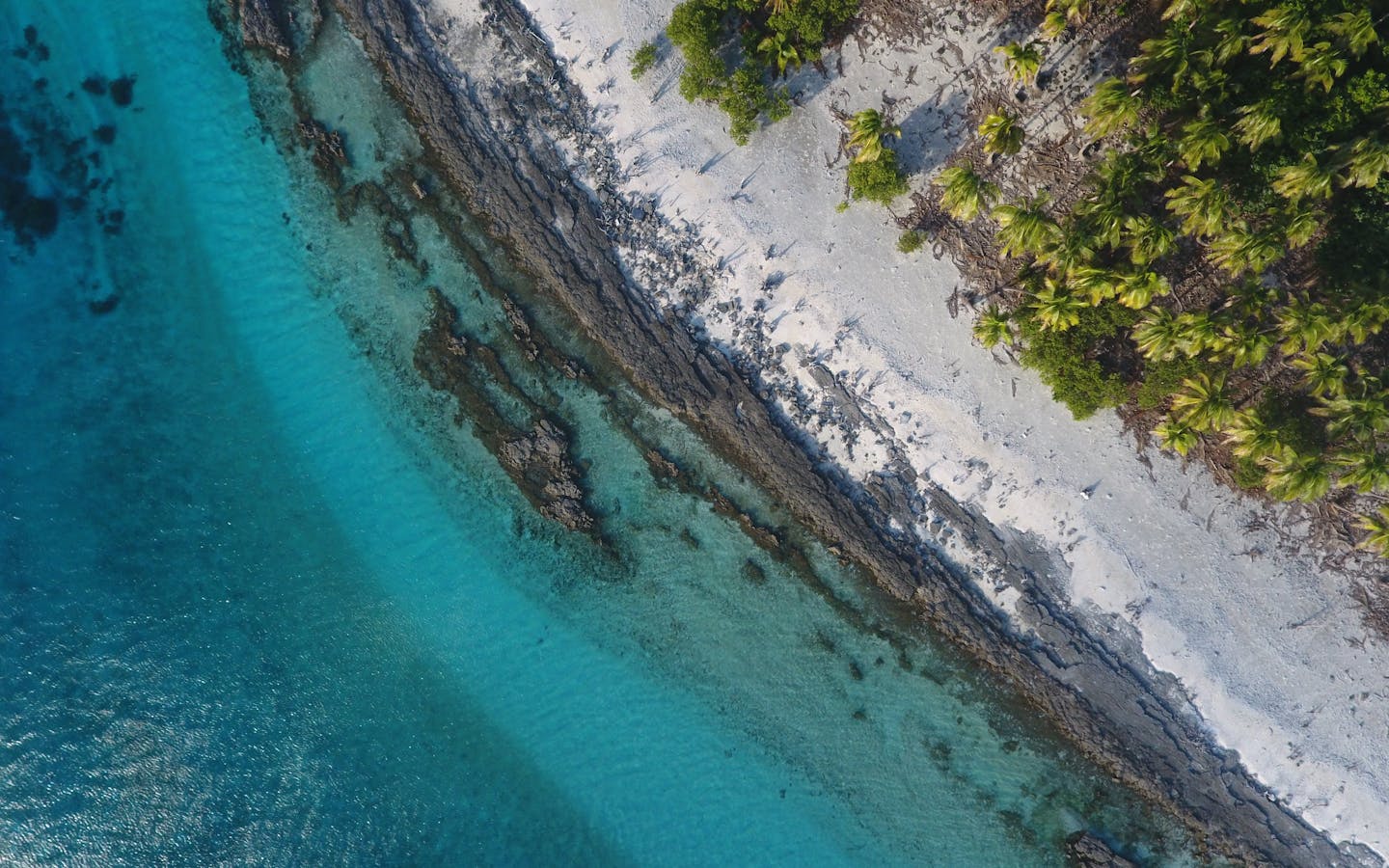JULY 28, 2017
Editor’s note: In May, a team of conservationists set sail from the island of Fiji. Their mission: to survey marine life in the Lau Islands, an unheralded group of islets scattered over thousands of square miles of the South Pacific.
They were seeking out species — but also clues to the health of these little-explored waters. With warming seas wreaking havoc on coral reefs and upending fish migrations throughout the Pacific, managing this area will be crucial for ensuring its resilience to climate change — and ensuring that it can continue to provide food and livelihoods for the thousands who call the Lau Islands home.
This story, the last in the series, offers the view of the director of Conservation International’s Fiji program, Susana Waqainabete-Tuisese. Here, she describes the immediate impact the team’s discoveries had — like the near-instant declaration of a marine protected area — and what those discoveries could mean for Fiji’s future.
I am a Fijian first. I’ve worked with community members to rebuild their homes after Cyclone Winston tore through the island in 2016. As one of the most populous nations in the South Pacific, with more than 850,000 people spread across 300 islands, Fijians are particularly vulnerable to the impacts of climate change and extreme storms like Winston, and we’re acutely reliant on our natural resources —our fisheries, our forests, our ocean.
I was excited to support more than a dozen scientists and conservationists, led by local indigenous leader Roko Josefa Cinavilakeba, on their expedition to explore Fiji’s Lau Islands. I knew what their discoveries could mean not just for the Lau Seascape — but for Fiji as a whole. New species, new information on the health of the ocean, its importance, the need to protect it: These are all critical to preserving Fiji’s natural resources and biodiversity, for today’s Fijians and for future generations.
I am an indigenous Fijian, and I am the country director for Conservation International’s Fiji office. This combination has given me perhaps the best vantage point to see how critical the intersection is between local knowledge and input; science, exploration and discovery; government intervention; and conservation work. I can see how the exploration of the Lau Seascape, guided by Roko Sau, led to the declaration of the Navatu Reef as a marine protected area by the local chiefs, and how this designation protects the reefs so they can continue to provide food and livelihoods for the local community.
Not long after the Lau Seascape exploration, at the U.N. Ocean Conference in June, Fiji’s Minister for Fisheries pledged 16 Voluntary Commitments, affirming the government’s commitment to conservation before an international audience.
In the days ahead, I will lead the team in Fiji and build on the results of the expedition. We’ll work directly with the community to understand how they use their natural resources, such as the highly valuable but threatened sea cucumber. We’ll also coordinate with communities and the government of Fiji on the designation of a connected network of marine and terrestrial protected areas that could lead to the creation of the Lau Seascape Marine Park.
I am a Fijian — and these are the stories of Fiji’s Lau Seascape.
Other stories in this series
» The Lau Islands: Dive in to a little-explored region
» Unexpected finds: Survey sheds new light on reefs
» New species: Survey finds species new to science
» Chief’s view: Local people hold key to protecting reefs
» Lau reefs offer clues to protecting coral
» In Lau, a key species in decline
»
300 hours underwater

